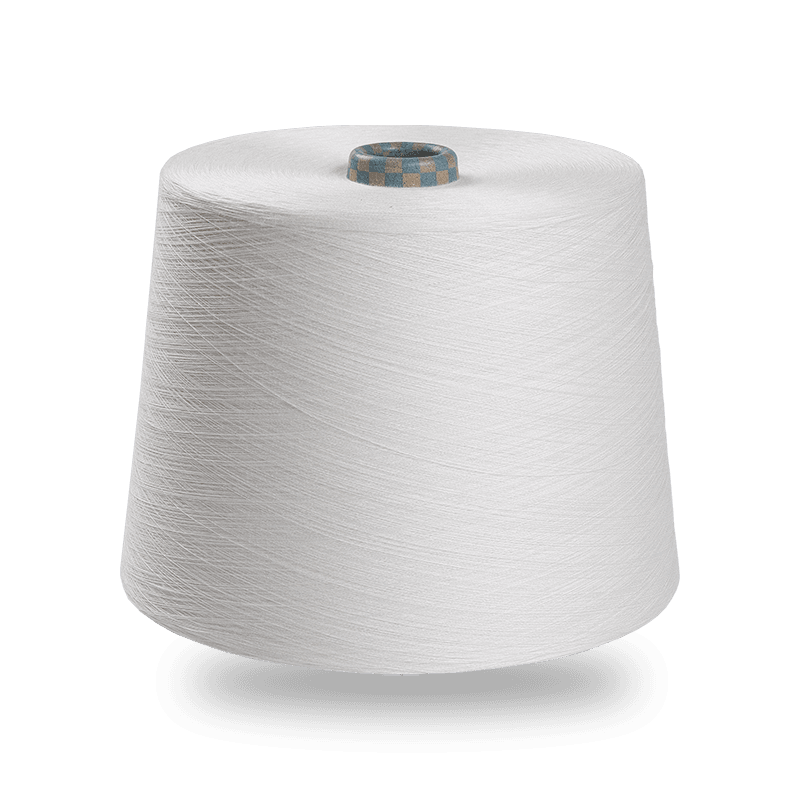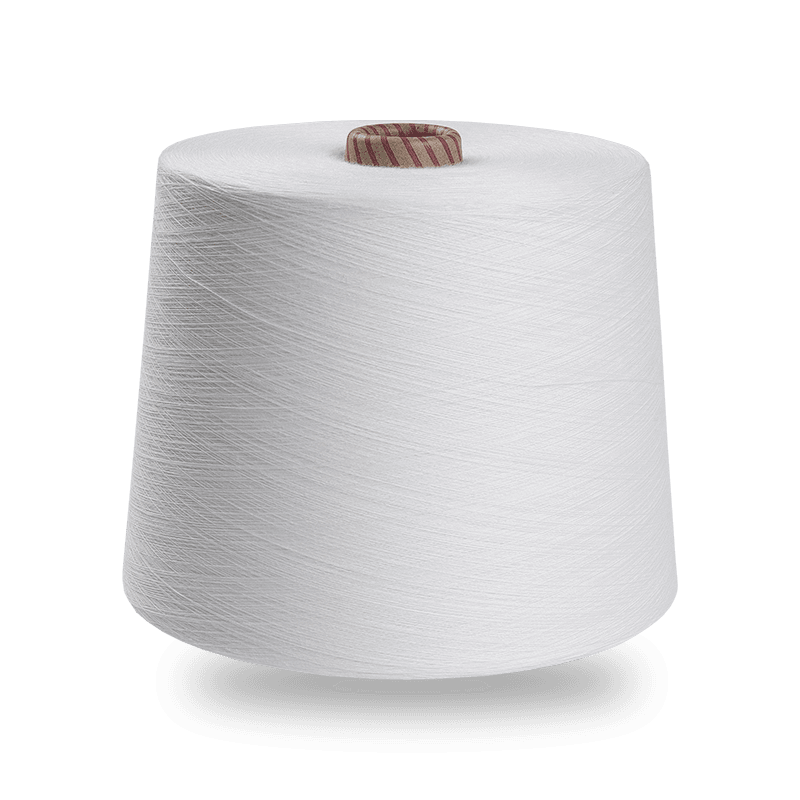The scientific name of polyamide fiber is polyamide fiber, also known as nylon. Nylon can be made into long fiber and short fiber. Its characteristics are: high strength, good abrasion resistance, resilience, color absorption, excellent moisture absorption, moth resistance, corrosion resistance, etc.
At present, the common nylon products on the market are nylon 6 and nylon 66.
Nylon 6: The full name is polycaprolactam fiber, which is polymerized by caprolactam.
Nylon 66: The full name is polyhexamethylene adipamide fiber, which is polymerized by adipic acid and hexamethylene diamine.
Generally speaking, nylon 66 feels better than nylon 6, and the comfort of nylon 66 is also better than nylon 6, but it is difficult to distinguish nylon 6 from nylon 66 on the surface.
The common characteristics of nylon 6 and nylon 66 are as follows:
1. The light resistance is poor. Under long-term sunlight and ultraviolet light, the intensity will decrease and the color will turn yellow;
2. The heat resistance is not good enough. It will turn yellow after 5 hours at 150℃, the strength and elongation will decrease significantly, and the shrinkage will increase.
3. Nylon 6, 66 filaments have good low temperature resistance, and their resilience does not change much when the temperature is below minus 70°C.
4. The direct current conductivity of nylon 6, 66 is very low, and it is easy to generate static electricity due to friction during processing. Its conductivity increases with the increase of moisture absorption, and increases according to the exponential function law with the increase of humidity.
5. Nylon 6, 66 filaments have strong resistance to microbial action, and their resistance to microbial action in silt water or alkali is second only to chlorinated fiber.


 English
English 中文简体
中文简体 Español
Español عربى
عربى











